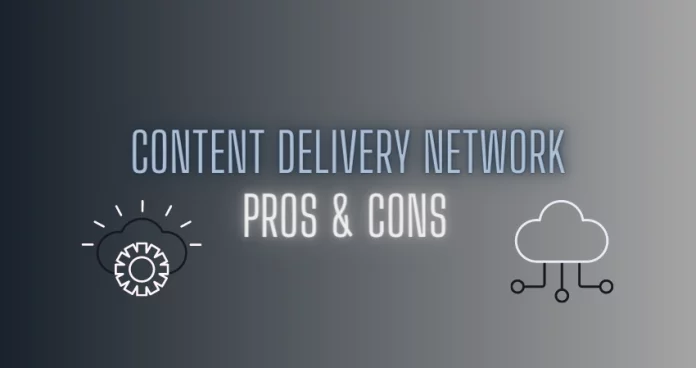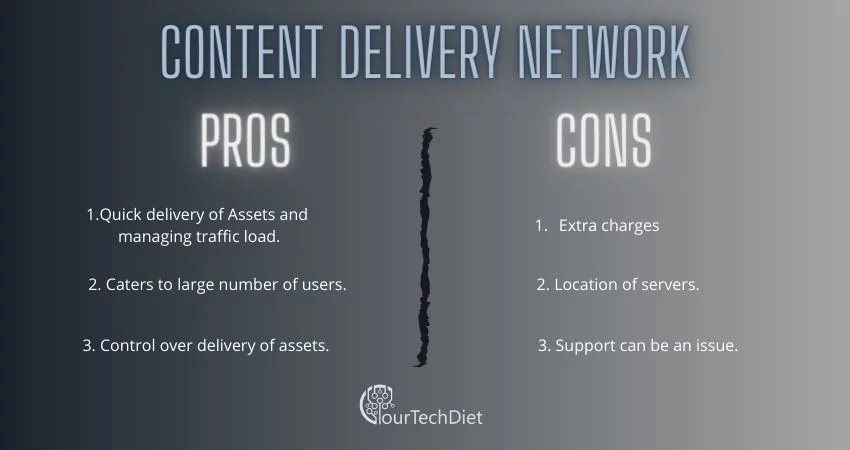To put it simply, CDN pros and cons is a group of servers that is meant to carry digital assets across different networks in a quick time.
Along with the quick transfer of data, CDN can even provide protection against some of the common cyber-attacks.
Even though the usage of CDN for managing large websites is a good practice, it comes with its share of disadvantages as well.
CDN allows for widespread distribution of servers, which is placed closer to the users makes the distribution of data quickly. This helps to load the website faster.
If you own a website with a large audience base, then CDNs can be of great help to you.
CDN enables a high traffic flow which can allow a large number of users to access your website at the same time without putting any extra pressure on the servers.
CDN is extremely effective at managing dynamic traffic loads. CDN with its large chain of servers ensures that the resources are scaled up and down according to the incoming traffic.
Not being able to handle a sudden spike in traffic for a smaller website is a common issue.
With CDNs, you’ve complete control over the deliverance of assets via different servers depending upon which servers are overloaded or under-utilized at that point in time.
Also Read:What are Next Generation CDNs?
The most prominent downside to using a CDN is the charges that come with it. Since CDNs are mostly ideal for large traffic websites, these tend to come with a large chunk of money.
If there’s a mismatch between the location of your servers and that of your audience, then CDNs won’t be of much help to you.
So, it’s really important to know your audience’s geography and have the CDN servers placed accordingly.
Since CDNs are mostly operated over third-party infrastructures, resolving an issue can involve too much to-and-fro of communication.
Highlighting Pros and Cons of CDN Via Tabular Diagram
Recommended For You:


